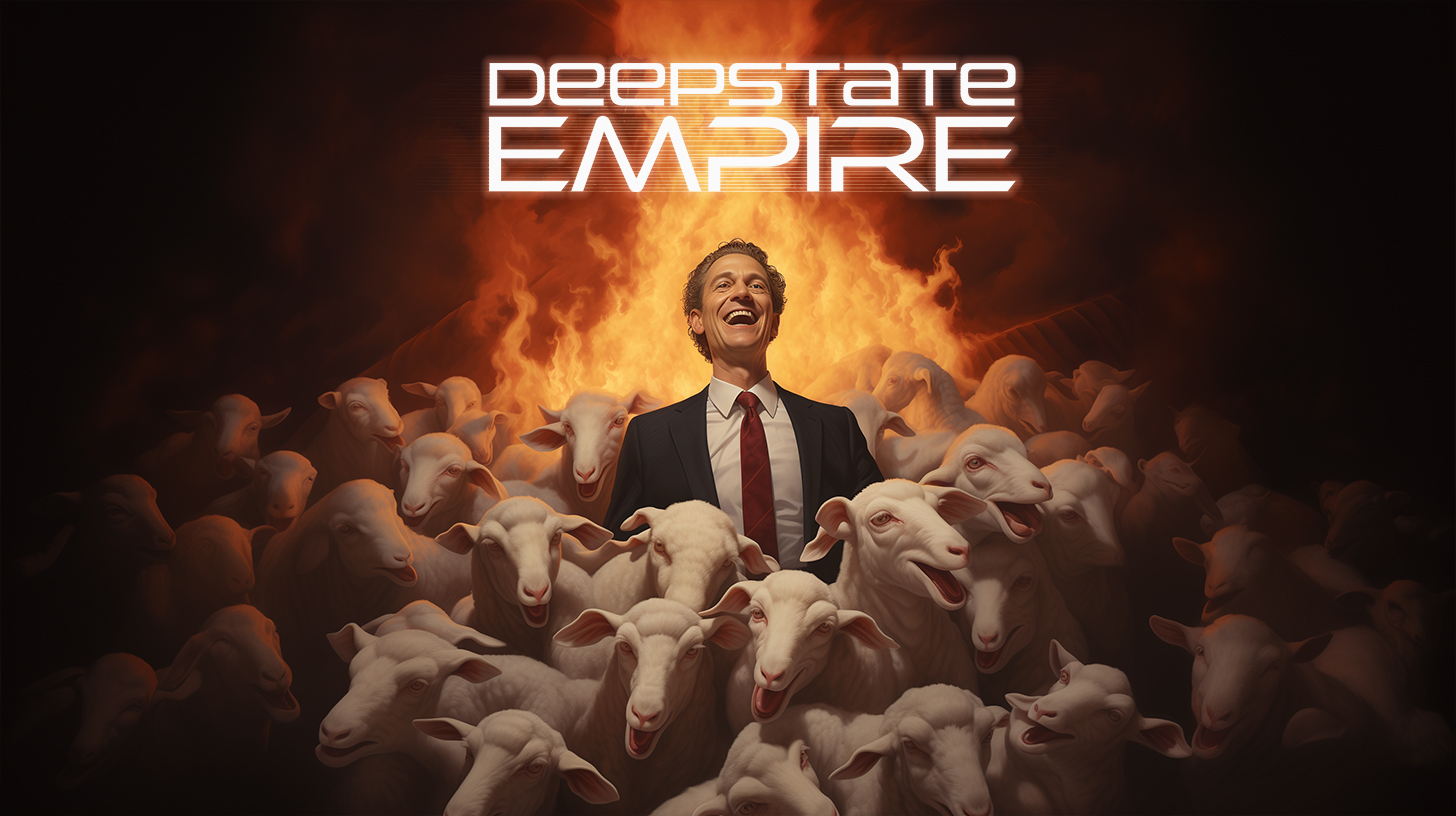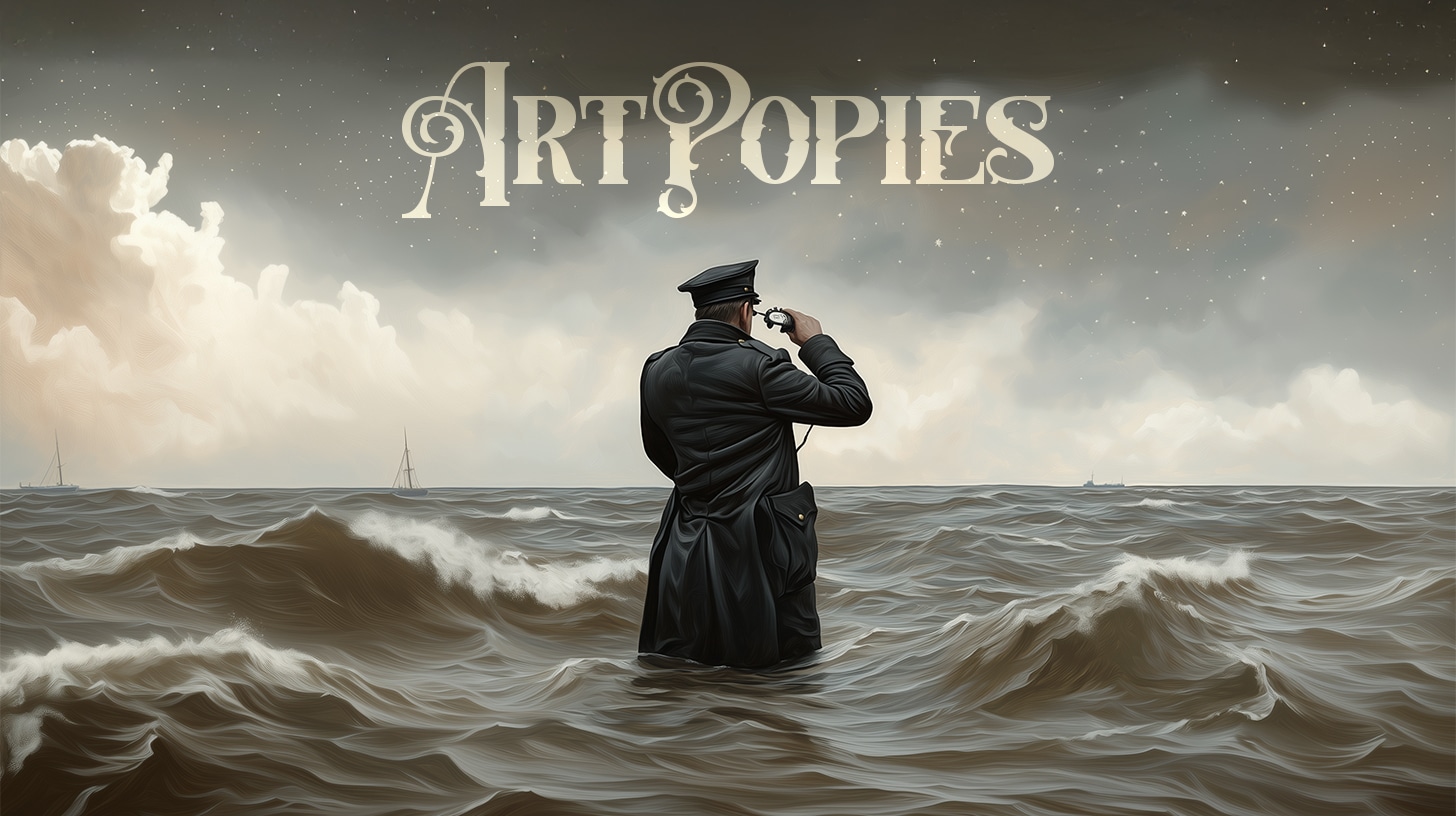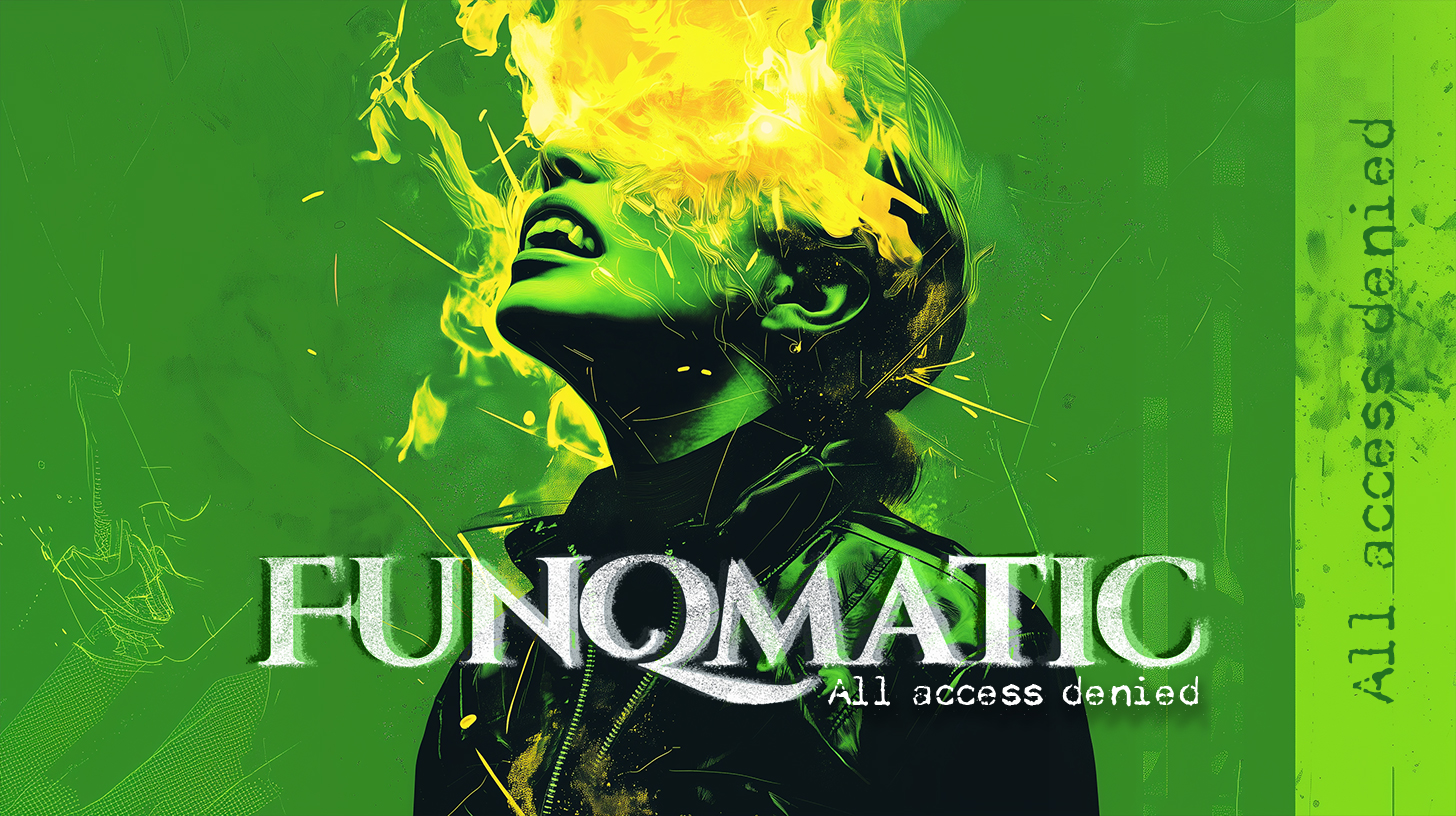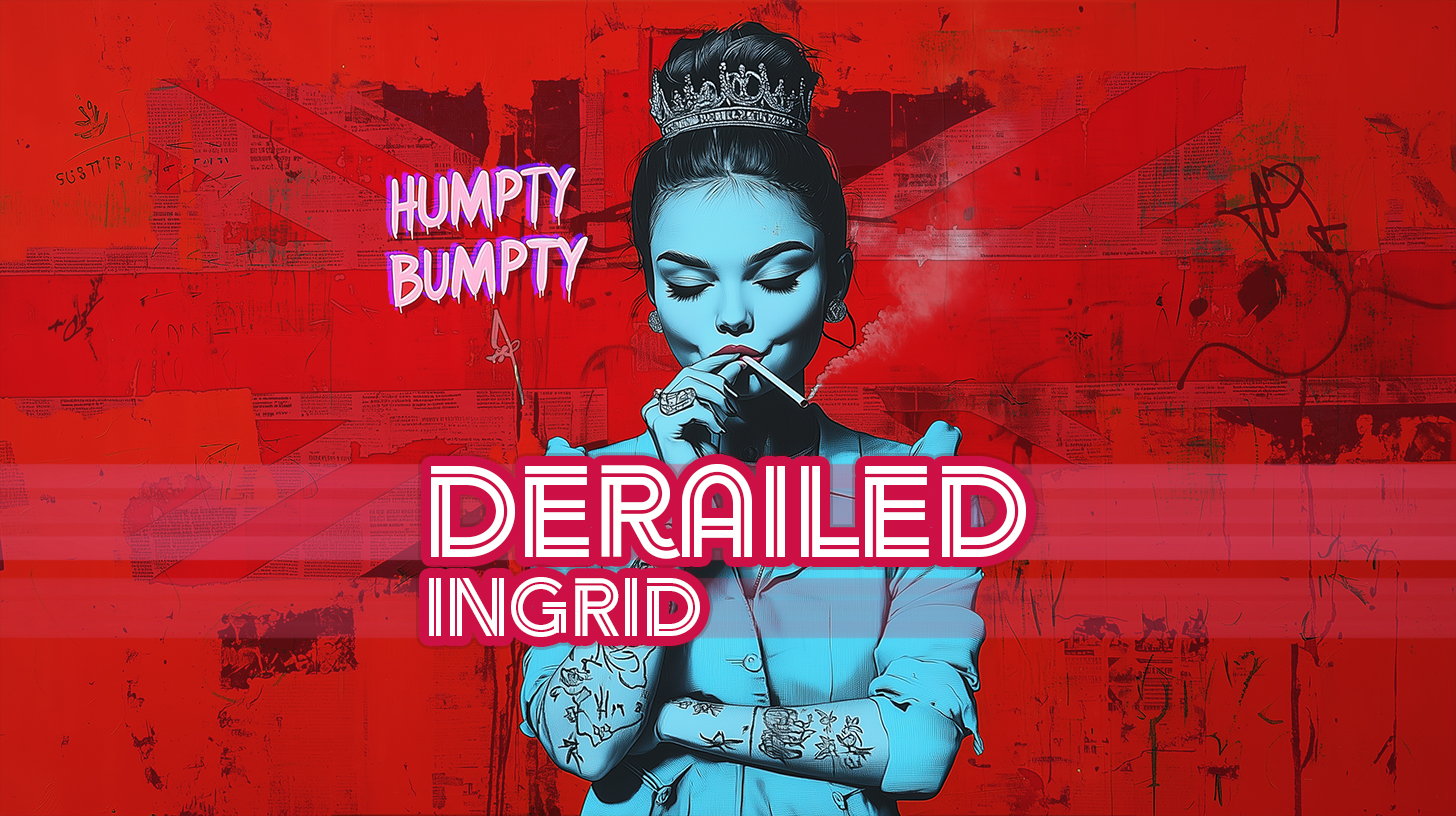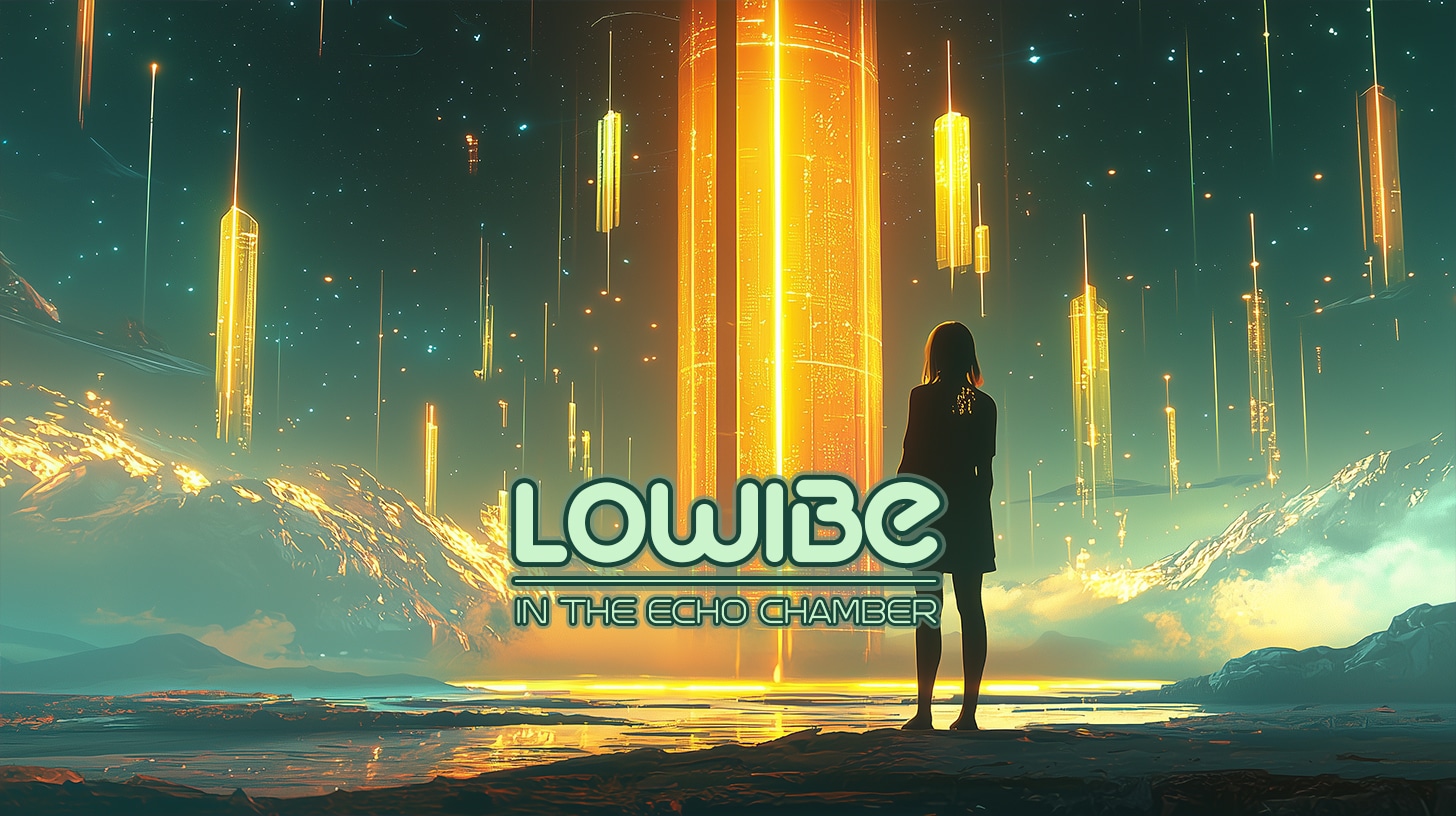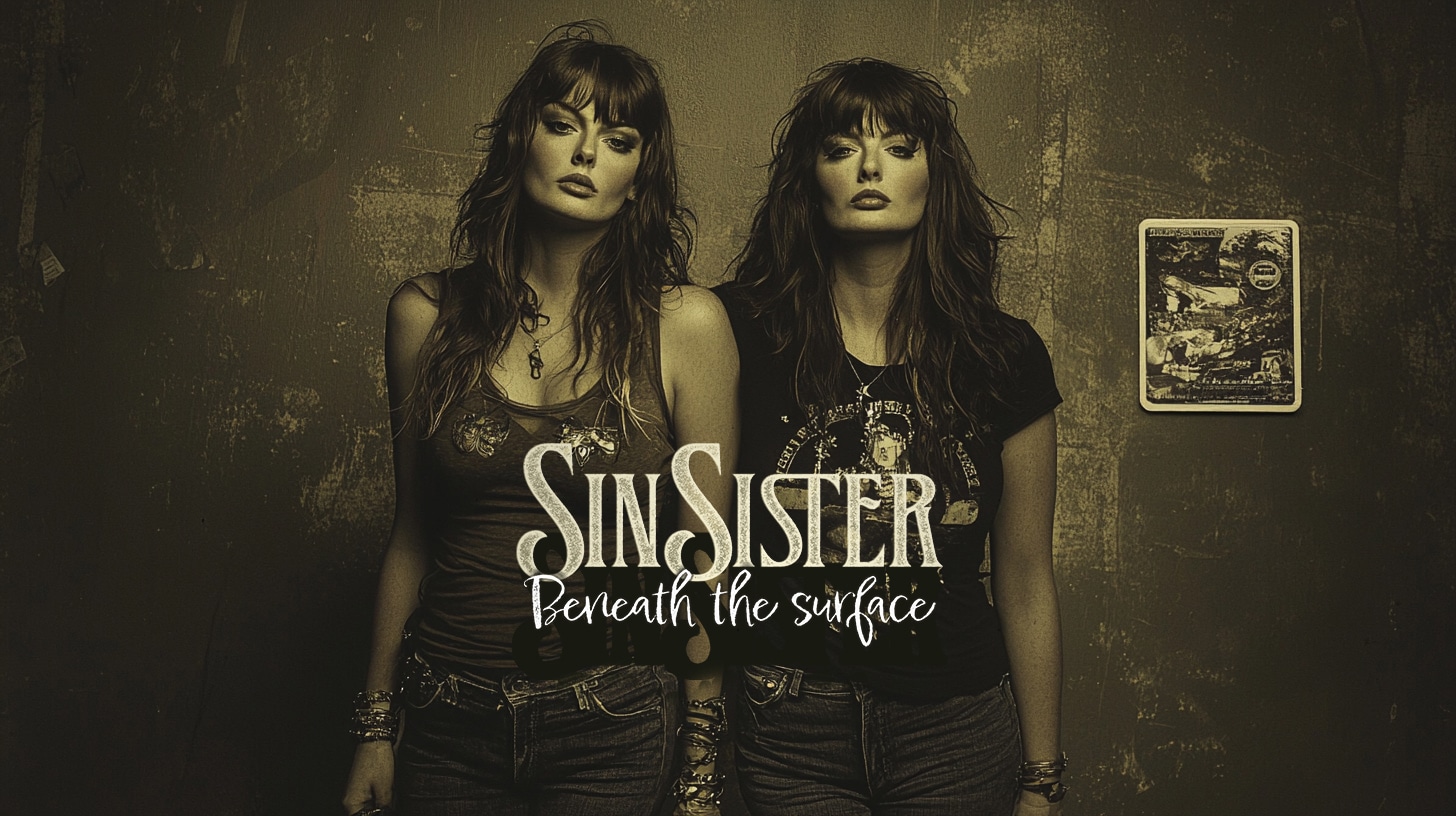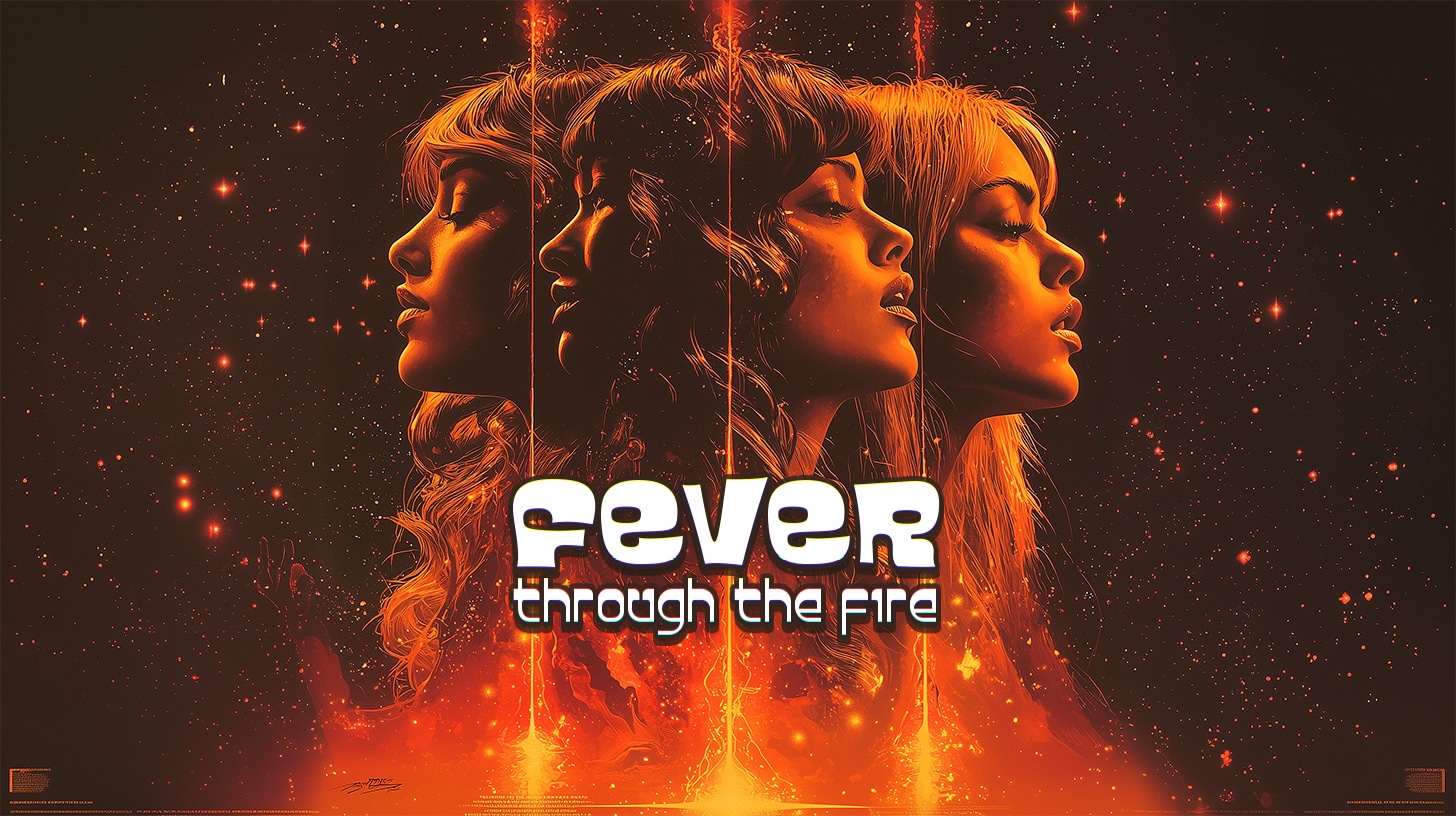Sonic Landscapes is about...
Composing new sonic worlds using GenAI tools
Welcome to the soundscape of the future. Here, I document my voyage into AI-composed music. Whether we’re crafting ambient soundscapes or structured compositions, we’re constantly discovering how AI can reshape the way we create and experience music.
A new area of music creation
From simple mechanical devices like music boxes and punch cards to sampling synthesizers and now AI-driven tools, each era of innovation has pushed the boundaries of artistic expression. While recent media attention has focused on AI’s impact in image and video creation, I believe music and audio were actually among the first to embrace this technology—and perhaps, they’ve taken the longest leap.
Just a few years ago, tools began to emerge that used algorithmic functions to automate tasks like mixing and mastering. Izotope’s suite of applications—RX, Neutron, Nectar, and Ozone—are prime examples of algorithm-driven audio editing. Another breakthrough was the Shazam app, which could identify songs using only brief audio snippets.
In the spring of 2023, I discovered a new tool called Suno, available in beta on Discord. It had a simple text prompt field with a character limit, and the output could be exported as 30-second MP3 snippets or movie files featuring animated lyrics, blended into a full song. While it was impressive, it wasn’t yet practical. Still, even then, I could sense that this technology was moving toward something profound—and a little unsettling. Despite the occasional off-key notes, it could already generate recognizable musical patterns and signature elements typical of specific styles.
Six months later, Suno had a major update, and I revisited it. Now available as a web app, it offered significantly improved audio and production quality. You could even edit lyrics or generate them with text prompts. However, there were still some bugs—like inconsistent transitions between choruses and verses, and sometimes the introduction of white noise, likely due to AI artifacts in the rendering process.
Today, we have a lot of tools such as Suno and Udio that have evolved to the point where the output can be used directly, either as a mockup or a starting point for a finished track. While some adjustments are still necessary, the hard part—having a foundation to build on—is done. From there, it’s up to your creativity and ambition to take it further. Listen & discover from the Sonic Landscape Log Diaries below.
Discover the Sonic Landscapes and posts from the Log Diaries…



